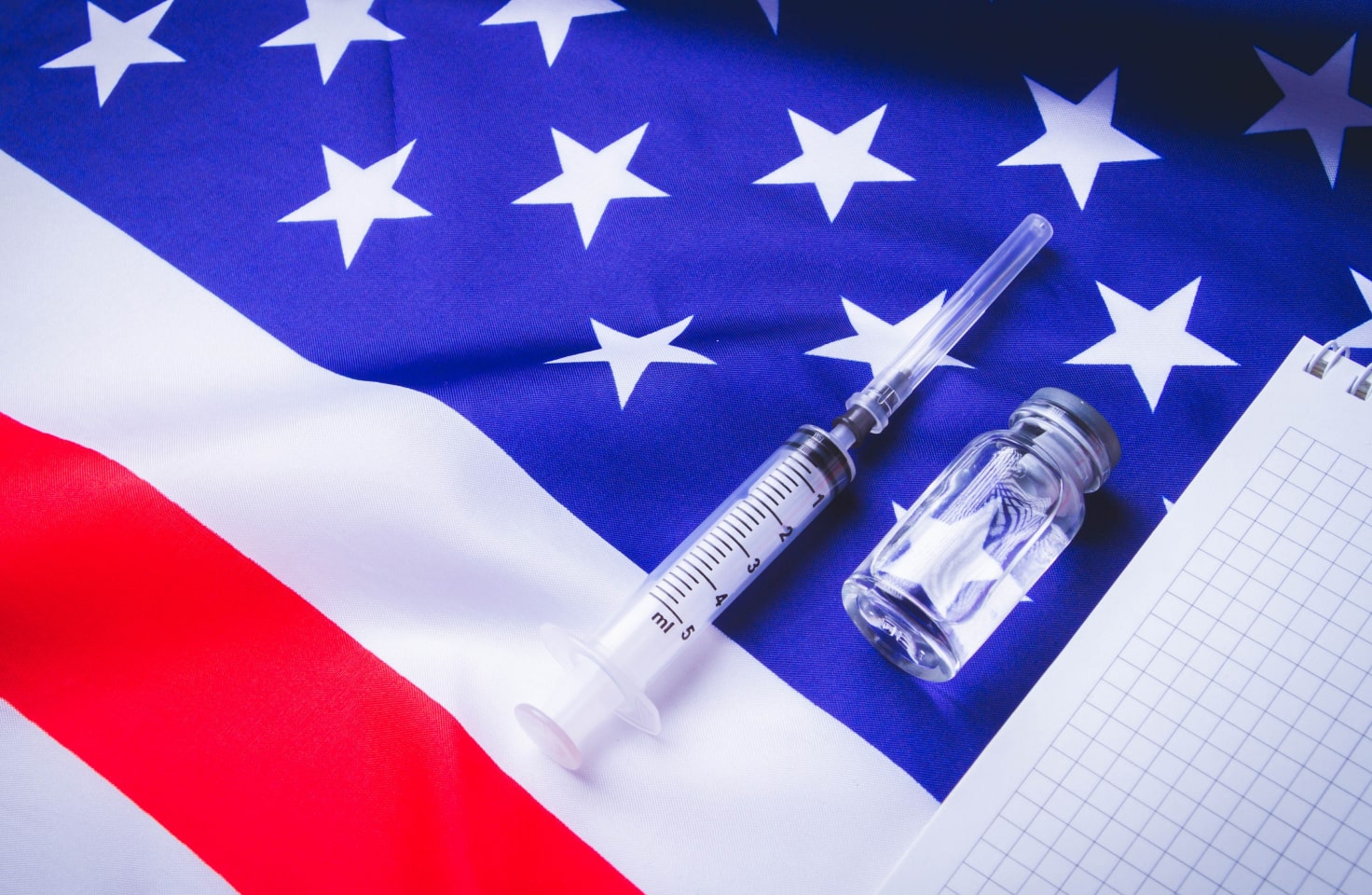T1D Guide
T1D Strong News
Personal Stories
Resources
T1D Misdiagnosis
T1D Early Detection
Research/Clinical Trials
Diabetes and Alcohol — What You Need to Know
If you’re newly diagnosed with type 1 diabetes (T1D), you may be wondering if it’s okay to imbibe an alcoholic beverage once in a while. The answer is yes, in moderation, with safety measures in place. Alcohol, like everything else a T1D consumes, needs to be monitored carefully to see how it affects your blood sugar levels.

Having diabetes just means that in addition to drinking alcohol responsibly, you will also need to understand the effect that it has on your blood sugar and keep a close eye on your blood glucose level.
Of course, it’s always essential to speak with your physician first about alcohol use and possible low blood sugar levels.
Talk to Your Diabetes Team
It is also important to check with your diabetes team to make sure that drinking alcohol is something that you can safely do with your insulin protocol and any other diabetes medications that you take. Since alcohol can drop your blood sugar, you may want to ask if you should adjust your insulin dosage. Unlike most other things consumed, alcohol can lower your blood sugar.
Eating Before and After Drinking
When drinking alcoholic beverages, it’s always smart to eat something before imbibing, and it’s never a good idea to drink on an empty stomach. The alcohol acts faster without food and will bring your blood sugar down quickly.
Hydrate, Hydrate, Hydrate!
Also, it’s a good idea to have a glass of water near your alcoholic beverage to help keep yourself hydrated and to help thin out the alcohol you are drinking.
Moreover, Diabetes UK affirms people with diabetes can drink alcohol but warns of excessive alcohol consumption, the effect of binge drinking and a severe blood sugar drop. Here are some important tips to remember:
- Be aware that Prosecco, dry wine or certain distilled spirits may contain fewer carbohydrates.
- A diet soft drink, diet tonic water, or sugar-free mixer might be a better choice to pair with cocktails.
- It's better to avoid a sweet wine, liqueur, or sugary drink mixed with distilled spirits and club soda, as these may lead to high blood sugar.
- T1Ds should avoid low-sugar beers and ciders, which may have more alcohol.
%40x2.jpg)
The Day After
Moreover, another danger during the 12-hour day after drinking is that hypoglycemia can sometimes be disguised as a hangover. The symptoms are similar, and hypo treatments may be exacerbated by not eating and sleeping in later than usual.
Most alcohol contains little or no carbohydrates. When you are having a mixed drink like a margarita, you only need to count the amount of carbs in the margarita mix or another cocktail mixer that you may have. It’s always important to watch for falling blood sugars.
Check your CGM Often
Some refreshments can affect you more than others, so when trying something new, track your blood sugar closely. If you’re fortunate to have a continuous glucose monitor (CGM), you can be more confident treating low blood glucose if there is an adverse effect.
The Buddy System
Another safety measure is to not only make sure the people you’re with know you have diabetes, but also that your friends know the health risks, understand what happens when you have low blood glucose, and what to do in a medical emergency.
At times, a low blood sugar mistakenly appears as though the person is heavily intoxicated with many of the same symptoms. It’s important to make sure that those around you understand if your blood sugar is low and how to help.

Dancing and Alcohol
If you happen to be drinking while busting a move on the dance floor, remember those grapevines and watermelon crawls are burning extra calories and can have an effect on your blood glucose levels.
Mixing Alcohol with Diabetes
For best blood sugar management, the American Diabetes Association (ADA) recommends that women with diabetes should limit their alcohol consumption to one drink per day, and the standard drinks daily limit for men with diabetes is two drinks per day. A serving size of one alcoholic drink is defined as 12 ounces of regular beer, 1.5 ounces of distilled liquor or 5 ounces of wine.
Interesting Fact: According to the ADA, a daily cocktail or two could improve insulin sensitivity and lower blood glucose levels overall, lowering your A1C. A glass of red wine may also lower high blood pressure.
Despite these advantages, the biggest health concern with alcohol use is low blood glucose. Additionally, some diabetes medications combined with alcohol may result in low blood sugar.
Staying Safe
Another important factor to remember is not to drink and drive. It doesn’t take a lot of alcohol to put you over the legal limit for driving. Sometimes, after even one or two alcoholic drinks, we can think we’re fine, but in a short amount of time, that can change. So, be safe with a designated driver or call your local Uber!
Takeaway
The bottom line is to stay informed and talk to your healthcare team. Your healthcare provider may offer suggestions to help you enjoy a night out safely. Have a hypo treatment in place and check your CGM or BGM often during your night out. It’s the best way to keep an eye on your blood sugar and watch for a low coming so you can treat it immediately.


.webp)





.webp)
.jpg)
.jpeg)
.jpg)
.jpg)
.webp)
.jpg)
.jpg)
.jpg)



.jpg)

.jpg)

.jpg)



.jpg)
.jpg)
.jpg)

.jpg)

.jpg)














.jpg)


.jpg)







.webp)












.webp)





























.jpg)




.jpg)














.webp)